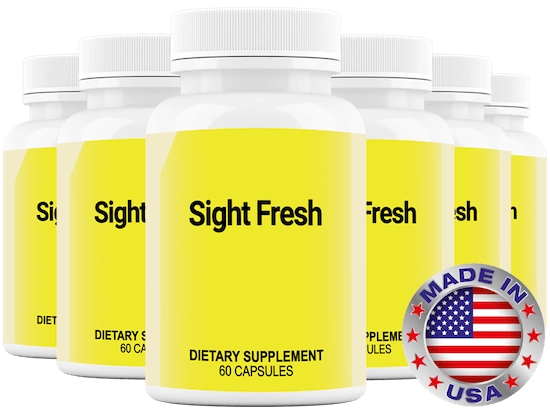DoorDash and Gopuff are partnering this November to help households impacted by the ongoing government shutdown, rolling out free food, waived delivery fees, and sizable discounts for those who have lost access to SNAP benefits. The coordinated effort combines DoorDash’s delivery reach with Gopuff’s rapid grocery service to make essentials easier to access during a difficult month for many families.
Both companies are positioning the move as immediate relief for customers navigating food insecurity. While the initiatives are time-limited, they aim to reduce costs at checkout and ensure that SNAP recipients can still get staples delivered quickly and affordably.
What DoorDash’s Emergency Food Response Includes
DoorDash is launching an Emergency Food Response to support families facing urgent food challenges this month. The program emphasizes two key pillars: easing delivery costs and expanding access to groceries through partnerships with retailers and grocers across the platform.
In a statement announcing the effort, Max Rettig, DoorDash’s Vice President and Global Head of Public Policy, underscored the company’s stance on food security: “No one should go hungry in America – period. Millions of families are worried right now about how they’ll put food on the table. Fighting hunger is core to our mission at DoorDash, and we’re stepping up alongside leading grocers and retailers to help bridge the gap. We know this is a stopgap, not a solution. But doing nothing simply isn’t an option.”
DoorDash’s approach centers on keeping deliveries affordable while connecting users to participating stores that carry everyday essentials. With delivery fees waived in select cases and discounts available throughout November, the company is looking to ease immediate pressures for households relying on grocery delivery.
How Gopuff’s $10 Million Grocery Pledge Works
Complementing DoorDash’s response, Gopuff has pledged up to $10 million in free groceries for SNAP users. Eligible customers will receive two credits worth $25 each—totaling $50—to spend specifically on SNAP-approved items. The focus is on foundational groceries, aligning with the program’s core purpose of stocking pantries with nutritious staples.
By targeting SNAP-approved items, Gopuff’s credits are designed to translate directly into practical purchases—things like pantry goods, refrigerated essentials, and other everyday needs. The company’s model, which emphasizes speedy delivery from local micro-fulfillment centers, further supports the initiative’s goal of getting groceries to customers fast.
The credits and discounts are available throughout November, giving SNAP users a defined window to claim and use the support. With both platforms emphasizing practical relief, the joint effort aims to simplify the process of ordering, saving, and receiving groceries at home.
Who’s Eligible & What You Can Buy
The benefits are directed at individuals who have lost their SNAP benefits during the government shutdown. For Gopuff, the two $25 credits can be applied to items that meet SNAP’s eligibility criteria, ensuring the relief goes toward approved groceries. DoorDash’s Emergency Food Response supports the broader push with waived fees and discounts to stretch budgets further throughout the month.
While program specifics are tailored to SNAP criteria and participating retailers, the thrust is clear: reduce barriers at checkout and make staple items more affordable for households in need. The credits, waived fees, and discounts collectively serve as a temporary bridge for customers navigating the disruption.
Why This Matters Right Now
The timing of these initiatives is key. With the shutdown affecting how families budget and access essentials, food delivery can become a crucial lifeline—especially for those balancing work, caregiving, and mobility constraints. DoorDash and Gopuff’s efforts focus on removing two of the biggest friction points: cost and convenience.
Rettig’s description of the program as a “stopgap” is an important framing for what these companies are offering. It’s immediate relief—not a comprehensive fix—intended to steady households during a period of uncertainty. By stepping in with free credits, waived delivery fees, and targeted discounts, both services are helping offset short-term disruptions while delivering practical value in the moment.
The broader food space has seen a rise in short-term offers, relief campaigns, and limited-time deals aimed at easing daily expenses for impacted communities. In this case, the synergy between a delivery giant and a rapid grocery service brings scale and speed to a month-long initiative focused on essentials.
The Bottom Line
Throughout November, SNAP recipients affected by the shutdown will find expanded support on two of the most widely used delivery platforms. Gopuff’s up to $10 million pledge—distributed as two $25 credits for SNAP-approved items—directly funds groceries, while DoorDash’s Emergency Food Response reduces delivery costs and broadens access through partnerships with grocers and retailers.
Together, these efforts create more avenues to save and get groceries delivered to the doorstep, offering practical relief when it’s needed most. For households navigating tighter budgets and disrupted benefits, the message from both companies is straightforward: help is available now, and convenience doesn’t have to come at a premium during a difficult month.















































































































